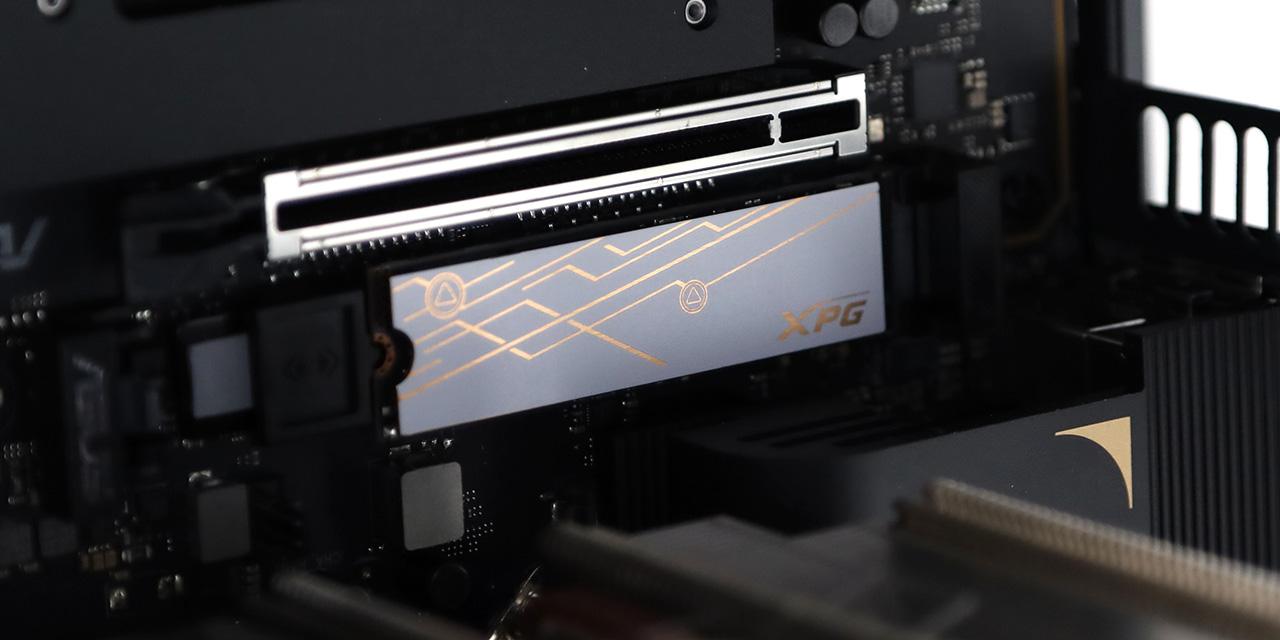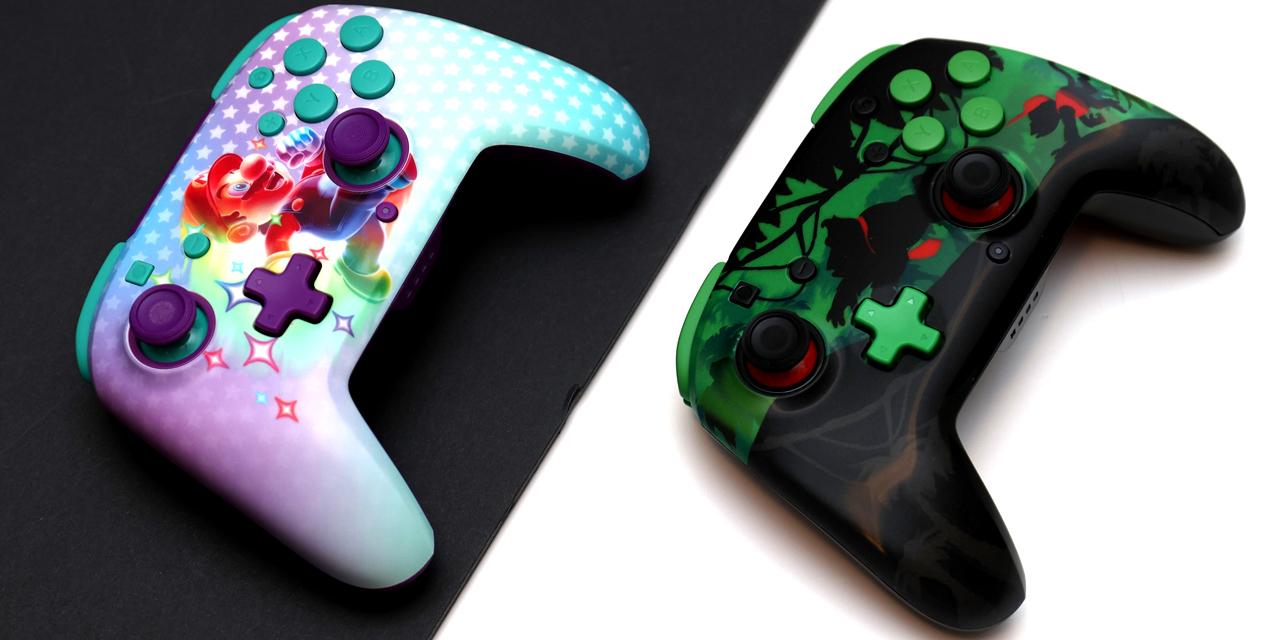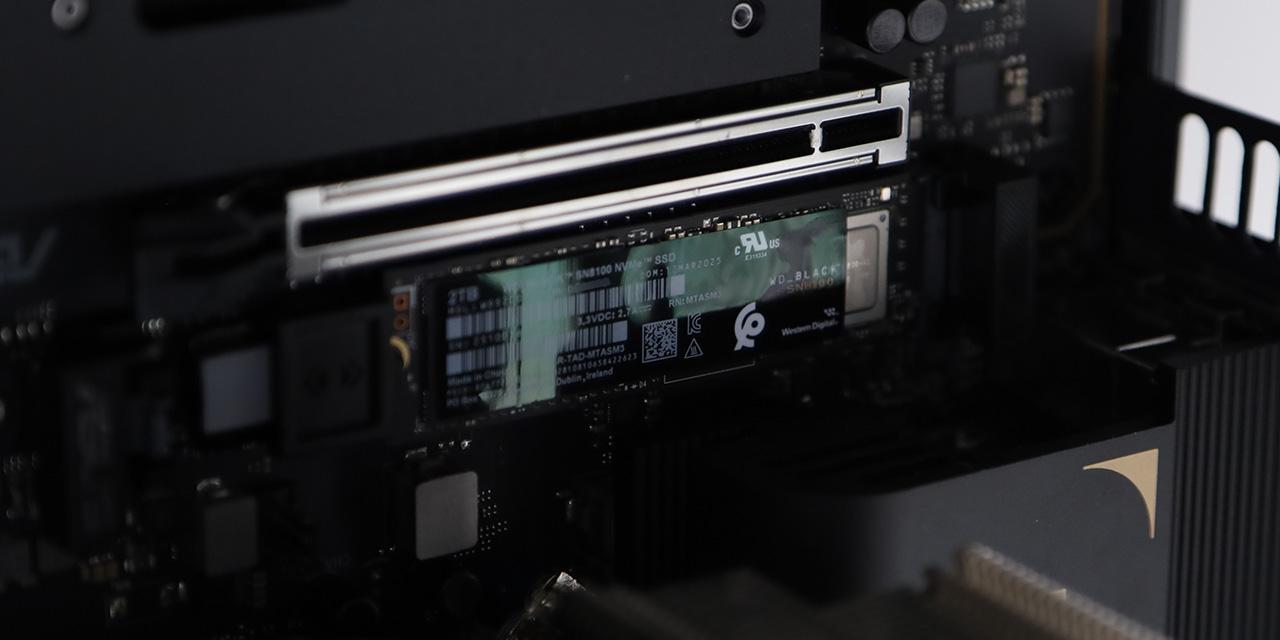By: Jonathan Kwan
June 24, 2006
As being a part of the computer enthusiasts group, we apply high end thermal compounds between our processor and heatsink for maximum heat conduction. However, most of us are going to face this eventuality: One day, it's going to get removed and replaced with a fresh new layer of thermal paste.
Removing thermal compounds have become an art of its own lately. While creating a clean application surface is very important to achieve maximum heat conduction potential, chances are that even if you aren't looking for an "all that pure surface", you cannot remove your aging thermal compounds with water -- it's dangerous, and it won't work.
Applying bits of thinking, most of us remove our thermal interface material with something very cost efficient and relatively effective: Isopropyl rubbing alcohol 70%. Dropping by your local pharmacy with around two dollars or so can get you a decently large bottle, which can be used for cleaning your CPU several dozen times over.
On the other hand, thermal paste giant Arctic Silver came up with something seemingly more desirable to clean thermal compounds with their ArctiClean thermal material remover and surface purifier kit. Questions are sometimes not answered though -- is the ArctiClean really "that much more" better than rubbing alcohol? Let's dig into this question today.
Our review unit of Arctic Silver's ArctiClean came in the same box that had our Arctic Silver 5 review unit, which we've taken a look at last week. Anyway, we've used the following material in our experiment today at the APH Labs:
- One large sheet of aluminum foil
- A large stack of No Name dinner sheets/paper towel
- Arctic Silver Ambrosia HT thermal compound
- Thermal paste spreader that came with our Cooler Master NanoFusion
For comparison, the following thermal paste removers were used:
- Arctic Silver ArctiClean. There are two 30mL bottles; the first one removes thermal pastes while the second one purifies the application surface.
- Pure Standard Products Isopropyl rubbing alcohol 70%
You can easily duplicate our experiment at home with the material used above.
Taking our sheet of aluminum foil, we used it as our cleaning surface. After grabbing a permanent marker and labeled the surface, we took our large tube of Arctic Silver's Ambrosia HT thermal compound and applied it twice to our surface as shown in our photo above. We then spread it evenly over a surface area approximately the same as an modern Athlon 64 CPU. We were actually pretty glad that we had a large tube of thermal paste to play around.
Our Ambrosia HT has a 30-minute break time. Even though it won't make a difference for our cleaning tests (Since it's not a temperature test), we waited 30 minutes anyway and came back to it before conducting our tests. ArctiClean would clean the paste located at the top while the ones at the bottom are planned to be removed by our bottle of Isopropyl rubbing alcohol 70%, as labeled in our photo above.
Pouring a bit of rubbing alcohol over the Ambrosia HT proves something interesting. The liquid doesn't soak into the thermal paste, instead it just spreads itself across the top while the Ambrosia HT remains partially dry.
Two drops of ArctiClean Stage 1 (Thermal material remover) does the job. Its bottle has an eyedropper style tip for accurate drops while preventing you from using too much (After all, it's a costly solution). It takes approximately 30 to 60 seconds for the ArctiClean to saturate thermal materials.
A quick wipe with our paper towel demonstrates who's more efficient at removing thermal paste. It seems to me that paste with ArctiClean applied cleans off much smoother and quicker, while our Ambrosia HT with rubbing alcohol sitting on top required much more effort wiping off.
After using a good amount of time and effort plus a considerable amount of Isopropyl rubbing alcohol 70% used, we got the final result as shown in the bottom part of the photo above. The top part shows our surface after applying both ArctiClean's Stage 1 and Stage 2 -- where Stage 2 is the Thermal Surface Purifier and is applied after Stage 1 (Thermal Material Remover). We used around four drops of Stage 1 and two drops of Stage 2 in our test.
As you can see in our photo above, the result is very, very similar when ArctiClean is compared against Isopropyl rubbing alcohol 70% for cleaning thermal paste. Putting it under sunlight (Which the effect we are unable to capture with our camera), it reveals to us that the surface cleaned with ArctiClean is slightly better. When I mean slightly, it means that we can say the surface cleaned with ArctiClean is 98-99% restored to what it is originally, while rubbing alcohol cleaned off around 94-95% of our Ambrosia HT. However, what we can say is that ArctiClean is a lot more efficient at cleaning off paste; requiring much less of its solution to clean when compared to rubbing alcohol. In addition to that, it requires much less effort as well as your time.
Basically, here's what I suggest if you want to spend the least amount of money while achieving best possible results, try using both to clean. First, do your initial surface cleaning with rubbing alcohol. Then use around 1 to 2 drops of ArctiClean Stage 1 to clean off the rest of the thermal paste. After that, apply Stage 2 to purify your application surface and you should be good to go. Same degree of cleanness, but you will save yourself some money.
Special thanks to Colin over at Arctic Silver for making this review possible.
Rating: 7.5/10
What do these ratings mean?
Cleans thermal compound very efficiently; but Isopropyl rubbing alcohol 70% produces around the same degree of cleanness. ArctiClean is a good choice if you want the fastest and easiest way to clean your application surface, that is, if you believe it's an affordable solution as well.





